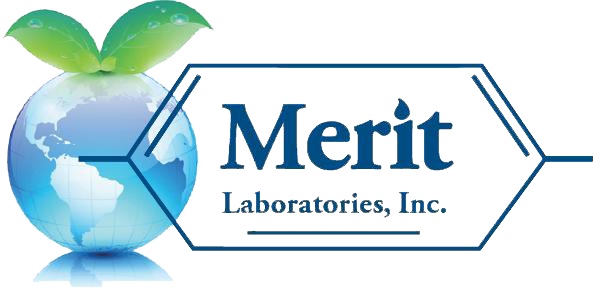The U.S. Environmental Protection Agency (EPA) announced that the nation’s first ever PFAS National Primary Drinking Water Regulation (NPDWR) is now final. The final rule, announced on April 10, 2024, establishes legally enforceable maximum contaminant levels (MCLs) for PFAS in drinking water. The PFAS compounds that are part of the final rule and their associated MCLs include
EPA Holds Public Hearing on Proposed PFAS National Primary Drinking Water Regulation
Merit Laboratories Leading the Way with EPA Method 533 for PFAS
Since its initial publication in 2020, EPA Method 533 has become a leading approved analytical test method for the analysis of PFAS in drinking water. During this time, Merit Laboratories has analyzed thousands of samples utilizing EPA Method 533 for drinking water. In the publication of EPA Method 533 in 2020, Merit Laboratories was just a few national laboratories acknowledged in the approved method for PFAS testing in drinking water released by the U.S. EPA.
Wisconsin’s PFAS Action Plan Progress Report Issued
The Wisconsin PFAS Action Council published its 2022 PFAS Action Plan Progress Report in August. The progress report presented progress in the eight themes that are covered in the states PFAS Action Plan to address statewide PFAS contamination. A few of the highlights presented as accomplishments in the report include the implementation of new surface water and drinking water standards for PFOA and PFOS
PFAS Detected in Illinois Drinking Water in Over 100 Community Water Systems
Nearly one in every eight community water systems in Illinois were found to have PFAS detections in drinking water. The Illinois Environmental Protection Agency (EPA) recently announced the completion of an 18-month statewide sample collection study of PFAS in drinking water. The study collected drinking water from over 1,000 community water systems (CWS). According to the Illinois EPA, 126 of the 1,107 CWSs sampled had confirmed PFAS detections.
EPA Finalizes the Fifth Unregulated Contaminant Monitoring Rule (UCMR)
The U.S. EPA has published the Fifth Unregulated Contaminant Monitoring Rule (UCMR 5). UCMR 5 requires sample collection for 30 chemical contaminants between 2023 and 2025 using analytical methods developed by EPA and consensus organizations. This action provides EPA and other interested parties with scientifically valid data on the national presence of these contaminants in drinking water. PFAS are included in the UCMR.
Merit Laboratories Adds Wisconsin Laboratory Accreditation for PFAS
Merit Laboratories has added laboratory accreditation through the Wisconsin Department of Natural Resources (WDNR). The laboratory accreditation includes analytical testing for PFAS in drinking water by EPA 537.1 and PFAS in aqueous and solid matrices by LC/MS. Accredited under Wisconsin NR 149, Merit Laboratories is approved to perform environmental sample analysis in support of covered environmental programs
EPA Taking Next Step to Regulate PFAS in Drinking Water
The U.S. EPA is moving forward on the required next step in regulating PFAS in drinking water by issuing final regulatory determinations. After receiving more than 10,000 public comments, the EPA made the announcement on January 19, 2021, that they would follow the rulemaking processes required by the Safe Drinking Water Act (SDWA).
EPA Proposes PFAS Safe Drinking Water Act Regulations
The U.S. EPA announced a proposal for regulating PFAS chemicals in the nation’s drinking water. Through the U.S. EPA’s proposal, perfluorooctanesulfonic acid (PFOS) and perfluorooctanoic acid (PFOA) will become regulated through the Safe Drinking Water Act (SDWA). According to the U.S. EPA, this preliminary determination is a necessary step toward providing state and local communities with key information about PFOA and PFOS in drinking water.
Michigan PFAS Statewide Drinking Water Initiative Results
The State of Michigan has started posting PFAS testing results from the statewide drinking water initiative for schools using well water. The state has created a database of PFAS results for public review. The school drinking water results are posted here. The second part of the statewide initiative involves PFAS testing of public water supplies and these results are posted here.













